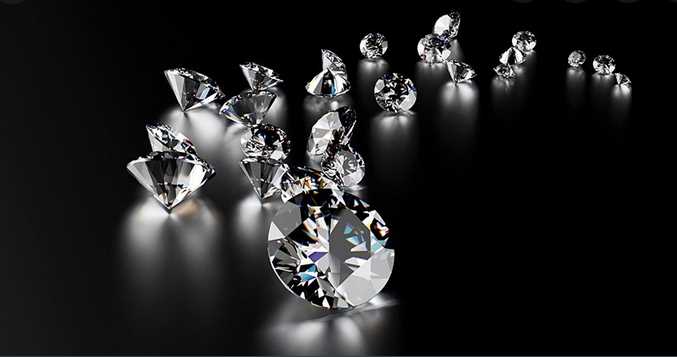Diamonds are timeless, and this makes them an excellent investment option. However, valuable investments aren’t as simple as purchasing a diamond. There are several options available – from argyle pink diamonds to black diamonds. In addition to choosing between them, one also has to look into valuations and certifications.
All these aspects may make diamond investment seem like a complicated ordeal. Worry not because this guide contains everything one needs to know before investing in diamonds.
How are Diamonds Valued?
The value of a diamond depends on the 4Cs – Carat, Colour, Cut and Clarity.
A carat is simply the diamond’s mass, and one carat is equal to 200mg.
Essentially, bigger diamonds cost significantly more because of their rare occurrence. Concerning cuts, each stone has a different ideal diamond cut dependent on its natural shape. However, the most expensive one is the one that maximises brilliance and sparkle. The round brilliant is the most expensive cut, with the princess and marquis falling close behind.
The clarity of a diamond depends on the presence of any natural flaws in the stone. This clarity is measurable against a scale.
Colour plays a crucial role in diamond valuation. Experts examine the tones and shade to identify the primary diamond tone. The presence of secondary undertones affects the price depending on how desirable they are.
Colour – Primary Tones and Secondary Undertones
While looking at the colour of a diamond, an expert examines three aspects – hue, saturation, and tones. The primary colour of the diamond can be one of many – white, black, red, orange, yellow, brown, or the most valuable, pink. It is the most dominant colour noticeable in a diamond.
The saturation is the extent of colouration visible and ranges from light to intense. At its strongest, the saturation is ‘vivid’. Meanwhile, the tone is the extent of lightness or darkness present in the diamond.
The secondary undertones play a crucial role in deciding the price point of a diamond. For example, brownish argyle pink diamonds are more valuable than an intense deep pink diamond. However, pink diamonds without secondary hues are significantly more valuable.
The Most Valuable Diamonds
Pink diamonds are rare and luxurious items. Only 0.1% of the world’s diamonds are pink, and most of them come from Australia’s Argyle mines. With their value increasing by over 35% in the last five years, they are perfect additions to one’s investment portfolio as alternative investments.
Investment Tips
Consulting a professional pink diamond investment firm is the wisest way to ensure that you make the most out of your investment. However, here are a few tips to keep in mind before making that first step.
Wholesale
To maximise your investment returns, ensure that your purchase price is similar to a jeweller’s purchasing wholesale. The retail price of a diamond is significantly higher.
Stay Informed
Learn your basics about diamond valuation (the 4Cs) and read about the benefits of diamond investment to be sure about investing. While diamond investments are the best alternative investment method, they are relatively expensive.
Diversify Diamonds
Many who start investing in diamonds begin with one and quickly decide to get another. It is wiser to invest in different diamonds. For example, if your first diamond is pink, the next one could be blue, green, or yellow.
Budget
Set a budget. Diamonds are not similar to stocks, and the initial investment amount is relatively higher. However, this is not a viable reason to exceed your budget.
Author: Hannah Gilbert
